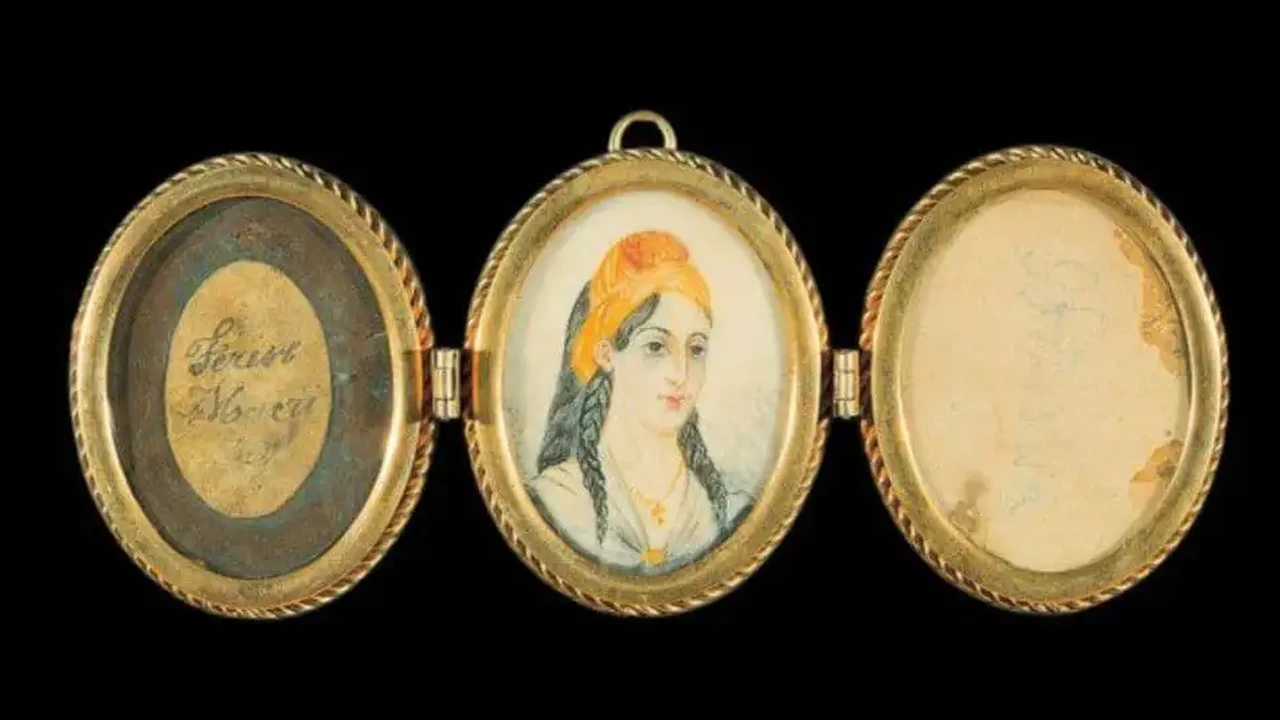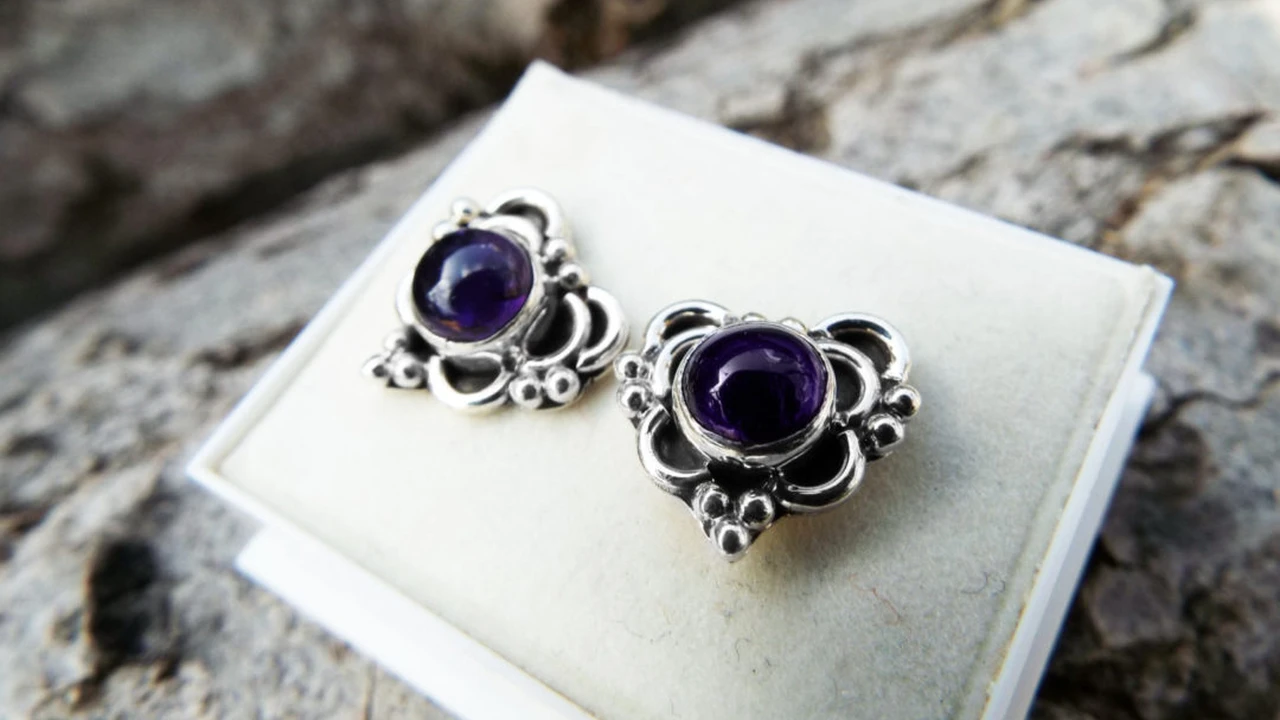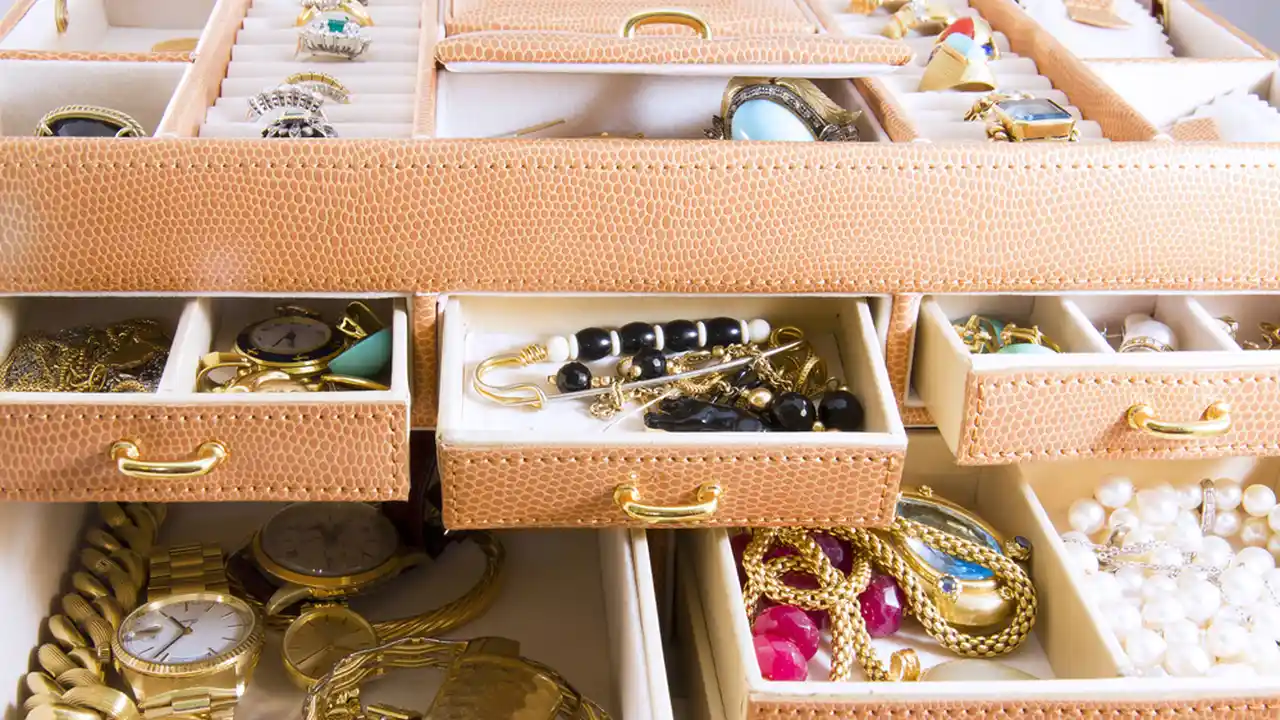Georgian Jewelry History Defining Features and Value
<i>Explore the elegance of Georgian jewelry. Learn about the craftsmanship, gemstones, and historical context of this period.</i>

What is Georgian Jewelry Defining the Era (1714-1837)
Hey there, jewelry lovers! Ever wondered about those incredibly detailed, almost fairytale-like pieces you sometimes see? Chances are, you're looking at Georgian jewelry. This era, named after the four King Georges of England (1714-1837), was a time of major societal shifts and artistic expression, and the jewelry definitely reflected that. Think intricate designs, a focus on craftsmanship, and a whole lot of romance. It's like wearing a tiny piece of history!
Georgian Jewelry Materials Precious Metals and Gemstones
So, what makes Georgian jewelry so special? For starters, the materials. Gold was the metal of choice, often in high carat (meaning more pure gold) yellows and roses. Silver was also used, especially for settings that would showcase diamonds. But it's the gemstones that really steal the show. Diamonds (often rose-cut or old mine cut), garnets, pearls, emeralds, and pastes (glass imitations that were super popular) were all the rage. Remember, electricity wasn't a thing yet, so jewelry was designed to sparkle under candlelight. That’s why you'll often see foiled back settings – a technique where a thin metal foil was placed behind the gemstone to reflect more light.
Hallmarks of Georgian Jewelry Identifying Key Design Elements
Identifying Georgian jewelry can be tricky, but there are some key hallmarks to look for. Handcrafted elements are a big giveaway. Everything was made by hand, so you'll see slight imperfections and unique details. Symmetry was important, but not always perfect. Look for intricate metalwork, like cannetille (delicate filigree) and repoussé (raised designs). And don't forget the settings – closed-back settings were common, and the metalwork often extended around the entire stone.
Popular Georgian Jewelry Styles From Sentimental to Grand
Georgian jewelry came in a variety of styles. Sentimental jewelry was huge, often featuring locks of hair or miniature portraits. These pieces were meant to be cherished and passed down through generations. Mourning jewelry was also common, made with dark gemstones like jet or onyx. Then you have the grander pieces – necklaces, brooches, and earrings dripping with gemstones. Think royalty and high society!
Georgian Era Jewelry Price Range and Investment Potential
Okay, let's talk value. Georgian jewelry can range in price from a few hundred dollars for smaller, simpler pieces to tens of thousands (or even more!) for rare and exceptional examples. Condition, provenance (history of ownership), and the quality of the gemstones all play a role. Investing in Georgian jewelry can be a smart move. These pieces are becoming increasingly rare and desirable, especially those in good condition with interesting stories behind them.
Spotlight on Specific Georgian Jewelry Pieces with Price Examples
Ready to see some examples? Let's dive in!
Georgian Diamond and Pearl Brooch
Description: An exquisite brooch featuring rose-cut diamonds set in silver, surrounding a central natural pearl. The intricate metalwork showcases the cannetille technique.
Use Case: Perfect for adding a touch of elegance to a formal gown or even pinning to a tailored jacket for a vintage flair.
Comparison: Brooches from this era often used pastes instead of diamonds to keep costs down. A brooch with diamonds, especially natural pearls, is more valuable.
Price: $8,000 - $12,000 (depending on the size and quality of the diamonds and pearl)
Georgian Garnet Rivière Necklace
Description: A stunning necklace composed of graduated almandine garnets, each individually set in a closed-back setting. The necklace drapes beautifully around the neck.
Use Case: Ideal for special occasions or adding a pop of color to a classic outfit. Imagine wearing this to a gala or a sophisticated dinner party.
Comparison: Rivière necklaces can also feature other gemstones like emeralds or sapphires. Garnets were more accessible, making these necklaces slightly less expensive than those with rarer stones.
Price: $4,000 - $7,000 (depending on the size and quality of the garnets)
Georgian Mourning Ring
Description: A gold ring featuring a black enamel inlay and a compartment containing a lock of hair. Often inscribed with the name and dates of the deceased.
Use Case: A poignant reminder of a loved one. These rings were worn as a symbol of remembrance and connection.
Comparison: Mourning rings can vary greatly in design. Some feature miniature portraits or seed pearls. Simpler designs with just enamel and hair are generally more affordable.
Price: $500 - $1,500 (depending on the complexity of the design and the historical significance)
Caring for Your Georgian Jewelry Preserving its Beauty
Taking care of Georgian jewelry is crucial. These pieces are delicate and require gentle handling. Avoid harsh chemicals and ultrasonic cleaners. Instead, use a soft brush and mild soapy water to clean them. Store them in individual pouches to prevent scratching. And if you're unsure about cleaning or repairing a piece, always consult a professional jeweler specializing in antique jewelry.
Is Georgian Jewelry Right for You Weighing the Pros and Cons
So, is Georgian jewelry the right choice for you? If you appreciate history, craftsmanship, and unique design, then absolutely! These pieces are conversation starters and heirlooms in the making. Just remember to do your research, buy from reputable sources, and take good care of them. Happy hunting!
:max_bytes(150000):strip_icc()/277019-baked-pork-chops-with-cream-of-mushroom-soup-DDMFS-beauty-4x3-BG-7505-5762b731cf30447d9cbbbbbf387beafa.jpg)






